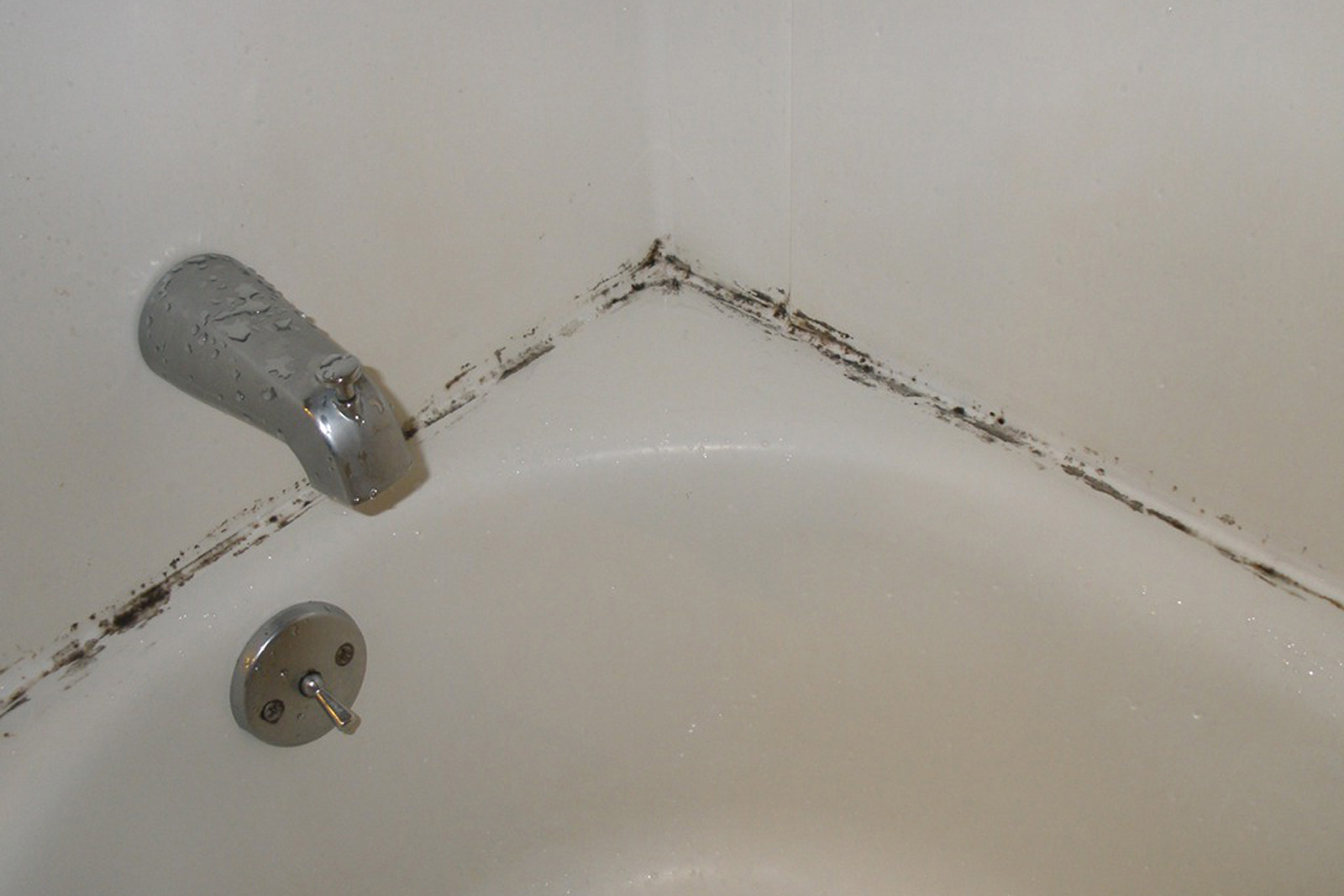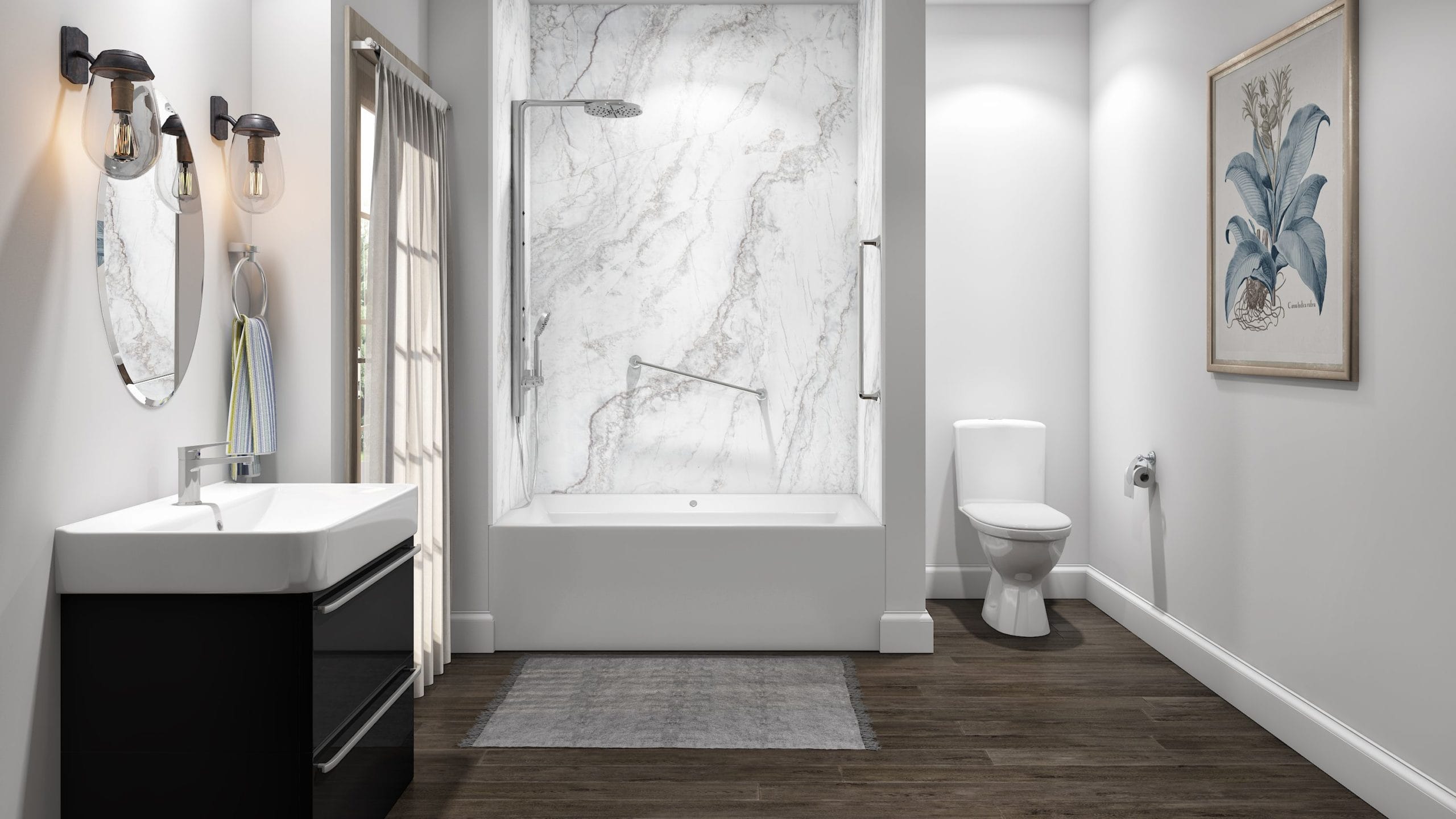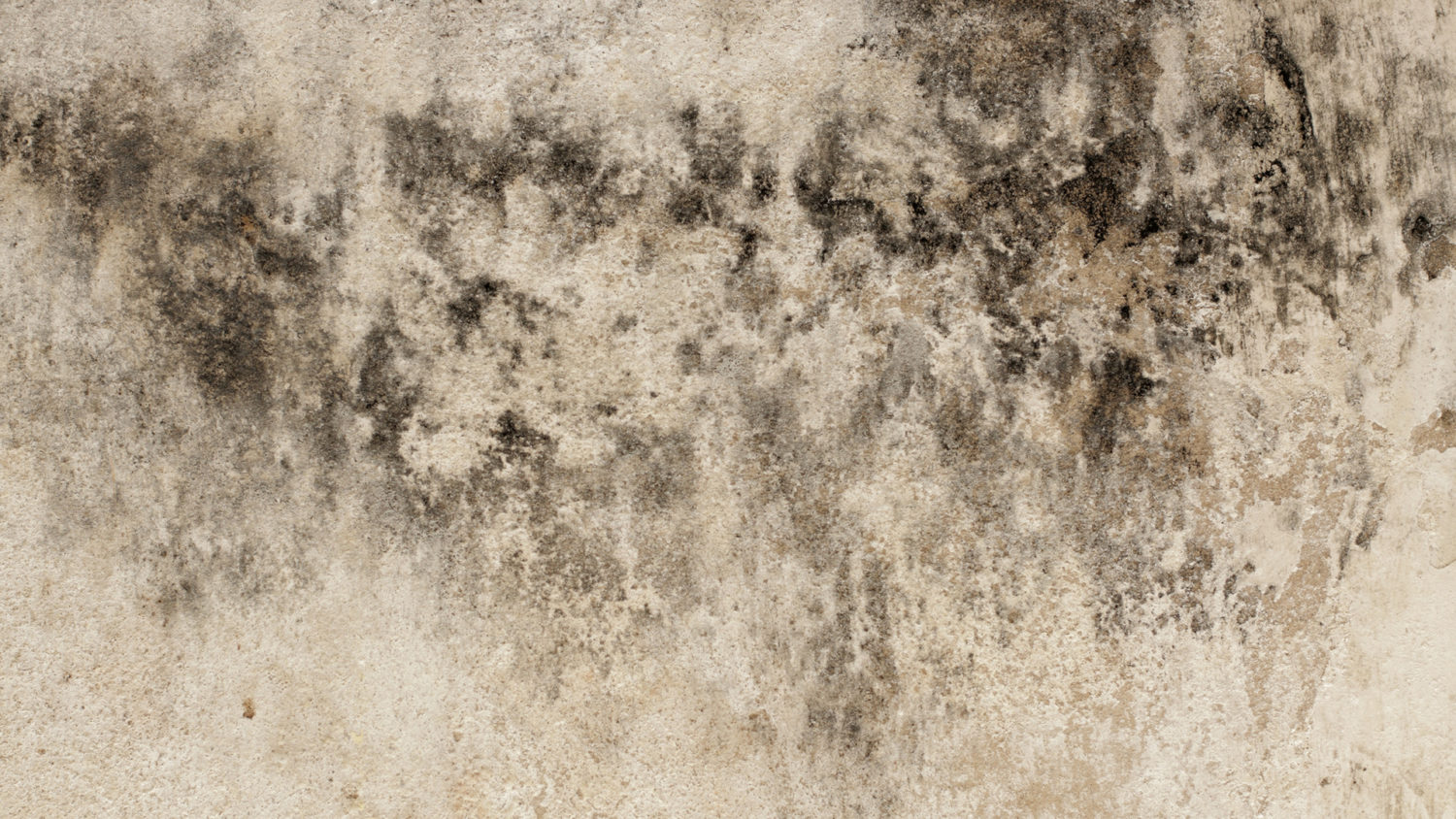Understanding Mould Resistant Bathroom Paint

Bathrooms are notorious for their humidity and moisture, making them prime breeding grounds for mould. This unsightly and potentially harmful fungus thrives in damp environments, leaving behind black, green, or white patches that can compromise the aesthetics and health of your bathroom. Mould resistant paint is specifically designed to combat this issue, offering a protective layer that inhibits fungal growth and keeps your bathroom looking its best.
The Science Behind Mould Growth
Mould, a type of fungus, requires moisture, warmth, and a food source to flourish. Bathrooms provide all these elements, making them ideal environments for mould growth. Warm, humid air from showers and baths condenses on surfaces, creating an ideal moisture level for mould spores to germinate. Additionally, organic materials like soap scum, shampoo residue, and even dust can serve as food sources for mould.
Key Ingredients in Mould Resistant Paint
Mould resistant paint contains specific ingredients that hinder the growth of mould. These ingredients work by:
* Fungicides: These chemicals are designed to kill or inhibit the growth of mould spores. Common fungicides used in paint include zinc pyrithione, chlorothalonil, and tebuconazole.
* Anti-microbial agents: These agents prevent the growth of bacteria and other microorganisms that can contribute to mould growth.
* Moisture-resistant formulations: Some mould resistant paints contain special resins and polymers that create a barrier against moisture, preventing it from penetrating the paint film and reaching the surface underneath.
Types of Mould Resistant Paint Finishes
Mould resistant paint is available in a range of finishes, each offering unique advantages in terms of appearance and durability:
* Matte: Matte finishes have a flat, non-reflective surface that helps to hide imperfections and create a soft, understated look. They are also good at absorbing light, making them a popular choice for bathrooms with limited natural light. However, matte finishes can be more susceptible to staining and require more frequent cleaning.
* Satin: Satin finishes offer a slightly more reflective surface than matte finishes, providing a subtle sheen that enhances the depth and richness of the colour. They are also more durable than matte finishes and easier to clean.
* Gloss: Gloss finishes have a high sheen and are extremely durable, making them ideal for high-traffic areas like bathrooms. They are also easy to clean and resistant to stains. However, gloss finishes can accentuate imperfections in the surface and may be too shiny for some bathroom styles.
Real-World Applications of Mould Resistant Paint, Mould resistant bathroom paint
Mould resistant paint is essential in various real-world applications where moisture and humidity are prevalent:
* Bathrooms: As previously mentioned, bathrooms are the most common application for mould resistant paint. It is crucial for walls, ceilings, and even shower stalls to prevent mould growth and maintain a healthy environment.
* Kitchens: Kitchens, especially areas around sinks and stoves, are susceptible to moisture and grease build-up, which can create a breeding ground for mould.
* Basements: Basements are often prone to dampness and moisture due to poor ventilation and proximity to the ground. Mould resistant paint can help prevent mould growth in these areas.
* Hospitals and healthcare facilities: These environments require stringent hygiene standards to prevent the spread of infections. Mould resistant paint is essential in areas like operating rooms, patient rooms, and bathrooms.
Benefits of Using Mould Resistant Paint

Mould resistant paint offers numerous advantages, making it an ideal choice for bathrooms and other areas prone to moisture. By incorporating special additives and fungicidal properties, this paint effectively combats mould growth, enhancing the health and longevity of your home.
Health Benefits of Using Mould Resistant Paint
Mould can pose significant health risks, particularly for individuals with allergies or respiratory problems. Exposure to mould can trigger symptoms such as sneezing, coughing, eye irritation, skin rashes, and even more severe conditions like asthma and respiratory infections. By inhibiting mould growth, mould resistant paint helps create a healthier indoor environment, reducing the risk of these health issues.
Preventing Costly Repairs and Renovations
Mould growth can quickly escalate, causing significant damage to walls, ceilings, and other surfaces. It can penetrate materials, leading to structural weakening and the need for costly repairs or even complete renovations. Mould resistant paint acts as a protective barrier, preventing mould from taking hold and reducing the risk of costly repairs and renovations.
Maximizing the Longevity and Effectiveness of Mould Resistant Paint
To ensure the long-term effectiveness of mould resistant paint, it is crucial to follow proper application techniques and maintenance practices.
- Proper Surface Preparation: Before applying mould resistant paint, thoroughly clean and prepare the surface by removing existing mould and mildew using a suitable cleaning solution. Ensure the surface is dry and free of any debris or loose paint before applying the paint.
- Adequate Ventilation: Maintain good ventilation in your bathroom, allowing moisture to escape and preventing the build-up of humidity. Consider using exhaust fans during and after showers to minimize moisture levels.
- Regular Cleaning: Regularly clean your bathroom surfaces to remove dirt, grime, and any potential mould spores. Use a mild cleaning solution and a soft cloth or sponge to avoid damaging the paint.
Comparison of Traditional Paint vs. Mould Resistant Paint
| Feature | Traditional Paint | Mould Resistant Paint |
|---|---|---|
| Mould Resistance | Susceptible to mould growth | Inhibits mould growth |
| Health Benefits | Can contribute to mould-related health issues | Reduces the risk of mould-related health problems |
| Longevity | May require frequent repainting due to mould damage | Offers greater longevity and protection against mould |
| Cost | Generally less expensive | May be slightly more expensive upfront |
| Maintenance | Requires more frequent cleaning and maintenance | Requires less frequent cleaning and maintenance |
Choosing and Applying Mould Resistant Paint: Mould Resistant Bathroom Paint

Choosing the right mould resistant paint for your bathroom can be a daunting task, but it doesn’t have to be. With a little research and preparation, you can find the perfect paint that will protect your bathroom from the damaging effects of mould and mildew.
Selecting the Right Mould Resistant Paint
When choosing a mould resistant paint, there are several factors to consider. The first is the type of paint. There are two main types of mould resistant paint: acrylic and epoxy. Acrylic paint is the most common type of paint used in bathrooms, as it is easy to apply and clean. Epoxy paint is a more durable option, but it can be more difficult to apply.
Another important factor to consider is the mildewcide level. Mildewcide is a chemical that prevents mould from growing. The higher the mildewcide level, the more effective the paint will be at preventing mould growth.
- Type of Paint: Acrylic paint is the most common type of paint used in bathrooms, as it is easy to apply and clean. Epoxy paint is a more durable option, but it can be more difficult to apply.
- Mildewcide Level: The higher the mildewcide level, the more effective the paint will be at preventing mould growth.
- Finish: The finish of the paint can also affect its mould resistance. A matte finish is less likely to attract mould than a gloss finish.
- Colour: While colour preference is subjective, lighter colours tend to reflect light better, making the bathroom feel brighter and more spacious. This can also make mould less visible.
- Coverage: Consider the coverage of the paint, as it will determine how many coats you need to apply for optimal protection.
- Ventilation: Adequate ventilation is crucial for preventing mould growth. Ensure your bathroom has proper ventilation to prevent moisture build-up.
Preparing the Surface
Proper surface preparation is essential for achieving a long-lasting and effective mould resistant paint job. Here are some steps to follow:
- Clean the surface: Use a mild detergent and water to clean the surface thoroughly. Remove any dirt, grime, soap scum, or loose paint.
- Remove mould: If there is any mould present, you will need to remove it before painting. Use a bleach solution or a mould-killing product to kill the mould. You can also use a scrub brush to remove the mould from the surface.
- Prime the surface: After cleaning and removing any mould, apply a mould-resistant primer to the surface. This will help to seal the surface and prevent mould from growing back.
- Patch any holes or cracks: If there are any holes or cracks in the surface, patch them with spackle or caulk before painting.
- Sand the surface: Once the primer has dried, sand the surface lightly to create a smooth finish. This will help the paint to adhere better.
Applying Mould Resistant Paint
Applying mould resistant paint is similar to applying any other type of paint. However, there are a few tips that can help you achieve optimal results:
- Use a good quality paintbrush or roller: A good quality paintbrush or roller will help to ensure that the paint is applied evenly.
- Apply thin coats: Apply thin coats of paint to avoid drips and runs. Allow each coat to dry completely before applying the next coat.
- Use a paint thinner: If you are using oil-based paint, use a paint thinner to clean your brushes and rollers.
- Ventilate the area: When painting, ensure the bathroom is well-ventilated to prevent paint fumes from building up.
- Allow the paint to dry completely: Once the paint has dried, avoid using the bathroom for at least 24 hours to allow the paint to cure properly.
Tools and Materials
Here is a checklist of tools and materials you will need for your mould resistant paint project:
- Mould resistant paint: Choose a paint with a high mildewcide level and a finish that is appropriate for your bathroom.
- Mould-resistant primer: Use a primer specifically designed to prevent mould growth.
- Paintbrush or roller: Choose a brush or roller that is appropriate for the size of the area you are painting.
- Paint tray: A paint tray will help to keep your paint clean and prevent spills.
- Paint thinner: If you are using oil-based paint, you will need a paint thinner to clean your brushes and rollers.
- Drop cloths: Drop cloths will protect your floors and furniture from paint splatters.
- Masking tape: Masking tape will help to protect areas that you don’t want to paint.
- Cleaning supplies: You will need cleaning supplies to clean the surface before painting.
- Protective gear: Wear gloves, a mask, and eye protection when working with paint.
